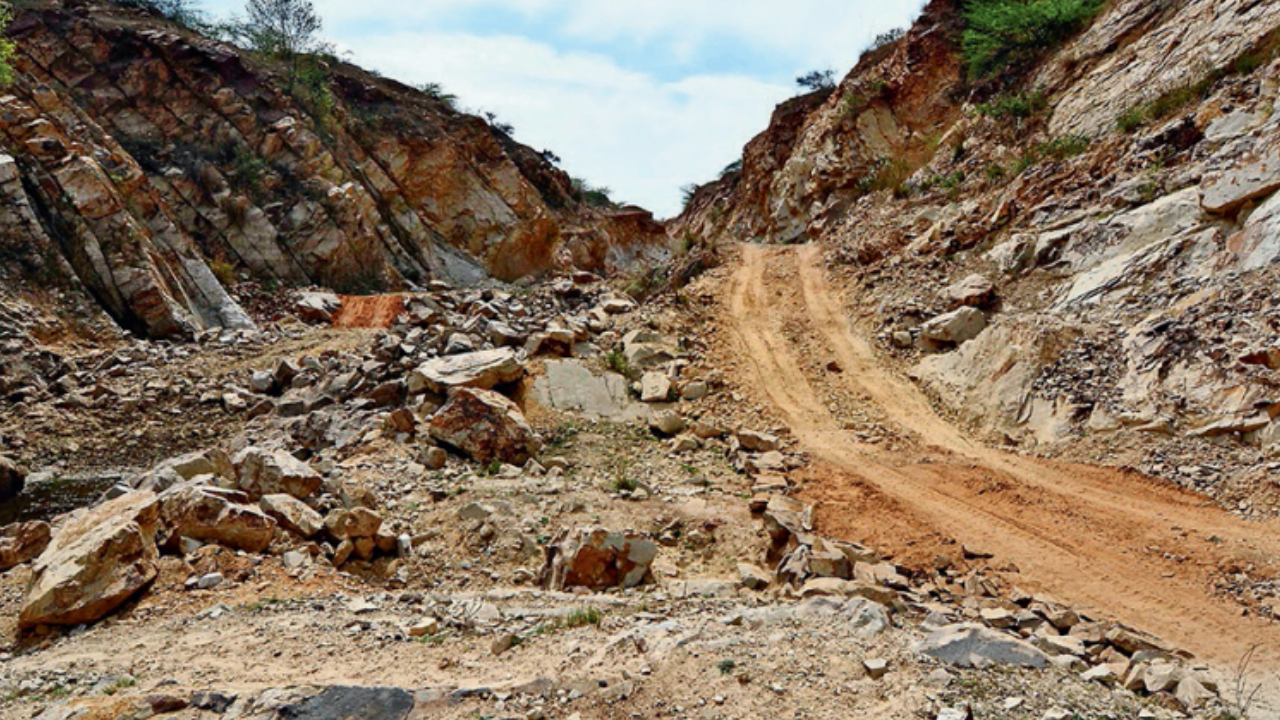
JODHPUR: Acknowledging efforts by students of Mohanlal Sukhdiya University, Udaipur, in leveraging technology like Google Earth to assess the urban development in Udaipur’s Aravalli hills, the Jodhpur bench of Rajasthan High Court has directed the govt to explain that how this technology can be leveraged to tag and demarcate the hills in the lake district.
Fascinated by the study and terming it an eye opener when it comes to the violation of hill by-laws with regards to the Aravallis in Udaipur, the division bench of Justice Yogendra Kumar Purohit and Justice PS Bhati requested students of such programmes to continue to upgrade and provide more inputs to the court.
The court gave these directions while hearing a PIL by Jheel Sanrakshan Samiti, Udaipur, which drew the court’s attention to the rampant construction activities in the Arvallis being carried out in violation of the by-laws.
The court also directed Additional Advocate General Rajesh Panwar to assist the court and explain how such technology will be used for tagging and demarcating the hills in Udaipur.
“Such expert is directed to remain present in the court in person or virtually to explain the steps taken by the government for capacity building to introduce technology to demarcate and contain such grave violation of laws to change the topography of the region”, the order said, adding that such expert shall submit before this court the information regarding the usage of technology by the state in this regard.
Meanwhile, the court stayed all construction activities – of building, resorts or motels – that are in violation of the hill by-laws. It also said any construction activity deviating from the hill by-laws shall be kept in abeyance or status quo shall be maintained until the next date of hearing on May 27. Earlier, the court had directed the govt, while hearing a PIL pertaining to encroachments on forest land in Jodhpur, to evolve and adopt a scientific temper for dealing with the problems of encroachment on forest land where natural resources like forests, reserve lands, hills, reservoirs and protected areas are directly in conflict with the expanding population pushing city limits.









